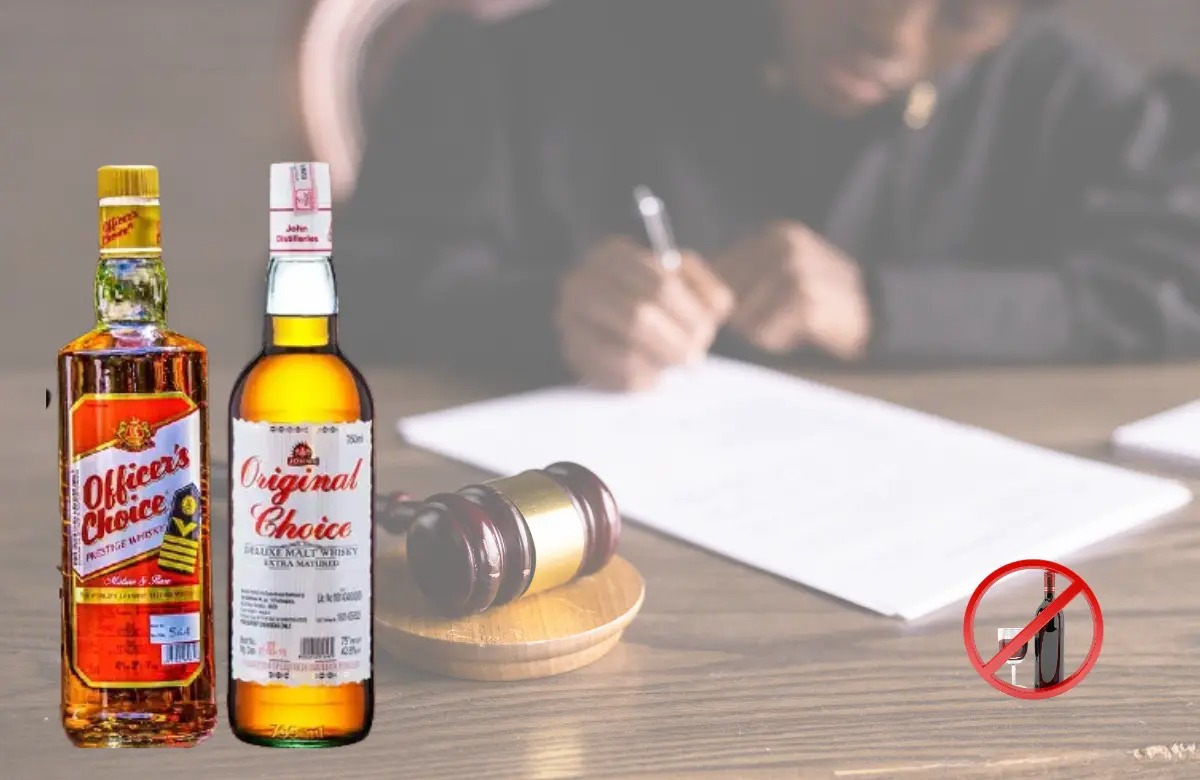1. The subject matter of appeal is a judgment and order dated 15th May, 2013 by which the learned Tribunal affirmed the order of the CIT(A) and the appeal of the Revenue was dismissed. Aggrieved by the order of the learned Tribunal, the revenue has come up.
2. The Assessing Officer held that purchases worth Rs. 46,77,880/- were bogus purchases and he added back the aforesaid amount. In an appeal preferred by the assessee, the CIT (A) deleted the addition on the basis of the following reasons:
I have perused the assessment order and considered the submission of the appellant. I have also considered the decisions of the Hon''ble ITAT, which are relied upon by the appellant. I find substance in the arguments of the appellant. The purchases are supported by proper bills, and, are duly recorded in the books of account. The raw hide purchased by the appellant was entered in the stock register; moreover, it was processed and utilized for producing finished leather. The sales of such finished leather are recorded in the books of account, which has been accepted by the AO. The quantitative details of raw material and finished goods are maintained by the appellant, and, also form part of the Tax Audit Report. These facts are not disputed by the AO. The AO has not pointed out any specific defects in the books of account. The AO has also not found any defect or discrepancy in the stock register, or, in the quantitative details of raw material or finished product. The ledger copies for the subsequent years show that payments were actually made to the suppliers against purchases. The gross profit rate and the net profit rate have also shown improvements. For, the gross profit rate for the current year is 11.08% as compared to 7.16% and 8.62% for the two preceding years. Similarly, the net profit ratio for the current year is 4.46% as compared to 2.68% and 2.75% for the preceding years. Simply because notice U/s. 133(6) could not be served on the suppliers can be no basis or justification for holding that the purchases are bogus. In view of the above, and, the ratio laid down by the Hon''ble ITAT, I am of the opinion that the AO was not justified in treating the purchases as bogus. The addition of Rs. 46,77,880/- is deleted. Ground nos. 4 & 5 are allowed.
3. The learned Tribunal dismissed the appeal preferred by the Revenue.
4. One of the questions or the only question of any substance is question no. (iv), raised by the revenue, which reads as follows:
Whether on the facts and in the circumstances of the case the Learned Tribunal erred in law as it allowed the appeal filed by assessee and there is perversity for non consideration of material facts on record transpired after the detailed enquiry made by Assessing Officer and the same ought to be set aside.
5. We have enquired of Ms. Ghutghutia, learned advocate appearing for the appellant-revenue, as to how can it be said that the views expressed by the CIT(A) or the Income Tax Appellate Tribunal are perverse? She submitted that the Assessing Officer was not satisfied with regard to the genuineness of these transactions and therefore, he was entitled to hold that purchases to that extent were bogus and he was also entitled to add back the amount.
6. Mr. Lahiri, learned advocate led by Mr. Majumdar, submitted that the jurisdiction of the Assessing Officer to make an enquiry is no doubt there. But he cannot disbelieve the evidence adduced by the assessee without disclosing appropriate reasons. The infirmity in the order of the A.O. was brought to the notice of the CIT (Appeal) who after being satisfied has set aside the addition. The learned Tribunal endorsed the views of the CIT (Appeal). He drew our attention to a Division Bench judgment of this Court in the case of Collector of Customs, Calcutta & Ors. vs. Biswanath Mukherjee, reported in 1974 CLJ 251, wherein the following views were expressed as to when a judgment could be said to be perverse.
The finding of the Tribunal on any question of fact which the Tribunal is competent to decide, if the Court is satisfied that the finding of the Tribunal is perverse and the finding of the Tribunal is considered to be perverse, if-
a) The Tribunal has come to the finding on no evidence.
b) The Tribunal has based the finding on materials not admissible and has excluded relevant materials.
c) The Tribunal has not applied its mind to all the relevant materials and has not considered the same in coming to the conclusion.
d) The Tribunal has come to the conclusion by considering material which is irrelevant or by considering material which is partly relevant and partly irrelevant.
e) The Tribunal has disabled itself in reaching a fair decision by some considerations extraneous to the evidence and the merits of the case.
f) The Tribunal has based its finding upon conjectures, surmises and suspicion.
g) The Tribunal has based the finding upon a view of the facts which could not reasonably be entertained or the facts found were such that no person acting judicially and properly instructed as to the relevant law could have found.
h) If the Tribunal in conducting the enquiry has acted in flagrant disregard of the rules of procedure or has violated the principles of natural justice, where no particular procedure is prescribed.
7. He submitted that the judgment rendered by the CIT(A) or the Learned Tribunal cannot be brought within any of the grounds set out in the judgment of the Division Bench of this Court. Therefore, the question raised as regards perversity is altogether unmeritorious. Mrs. Ghutgutia was unable to offer any suitable reply.
8. The findings recorded by the learned Tribunal and the CIT (Appeal) are all on facts and they are backed by evidence. Therefore, the submission advanced by the revenue is rejected.
9. In that view of the matter, the appeal is dismissed.

